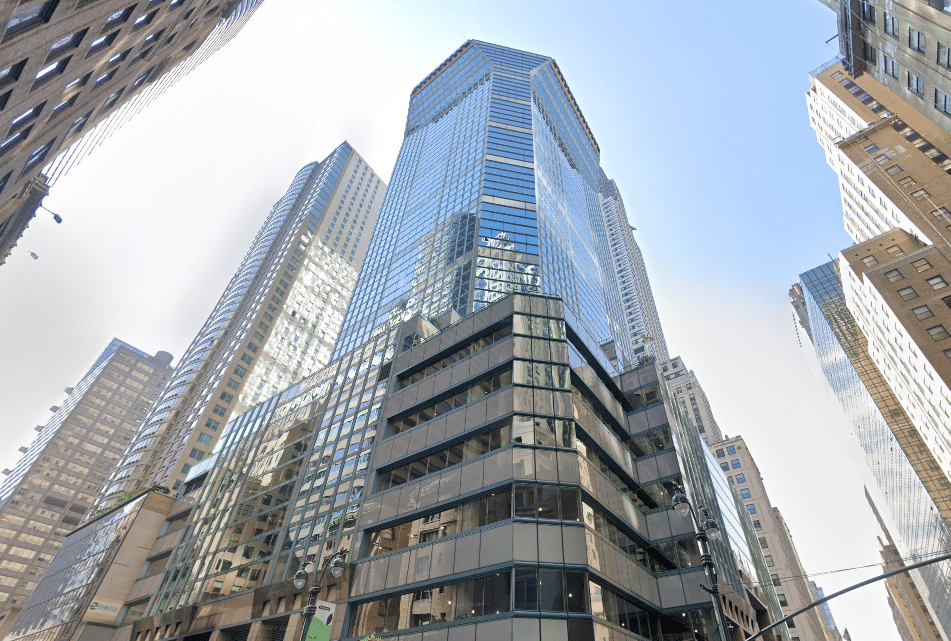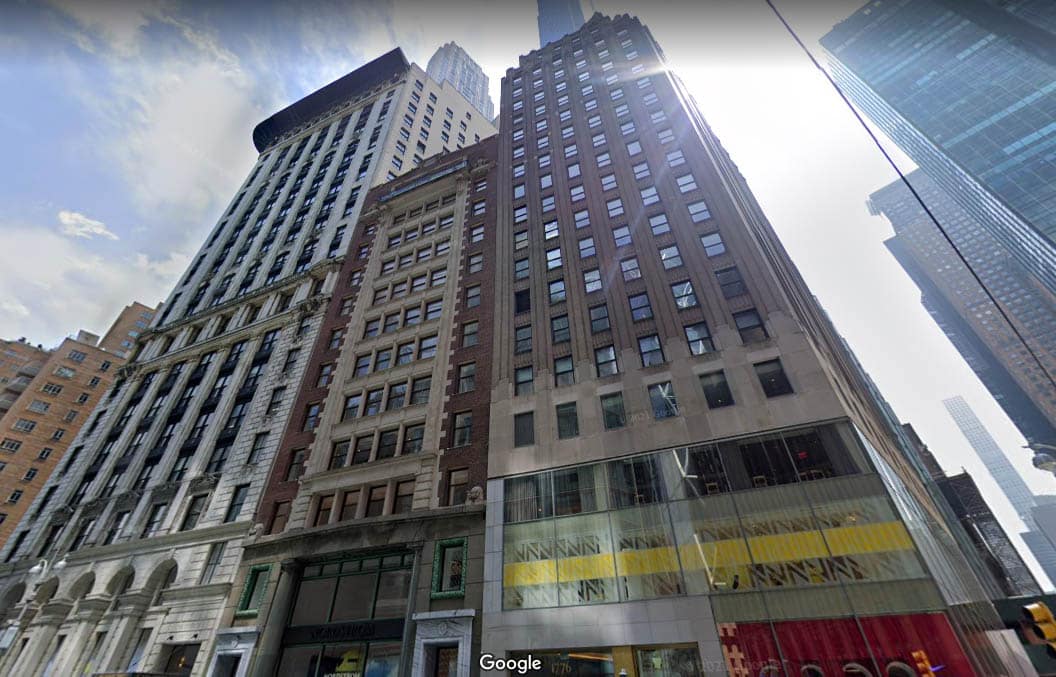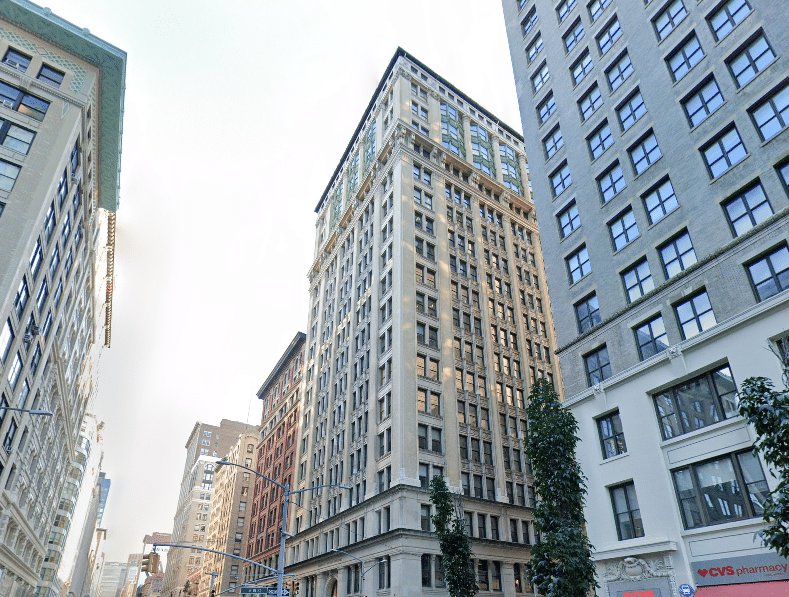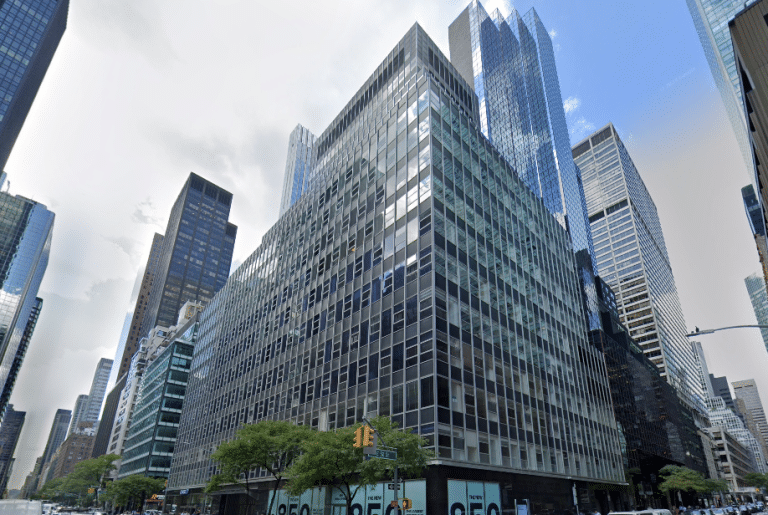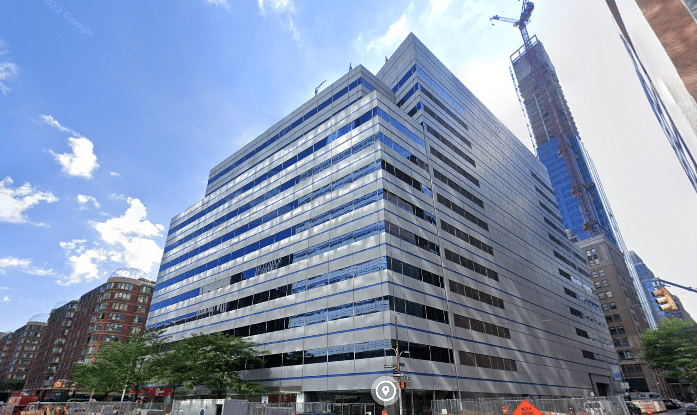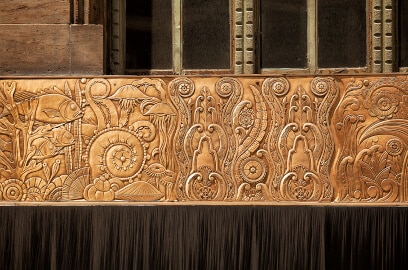Commercial real estate leases represent a sizable financial investment and long-term commitment for a tenant.
It goes far beyond monthly rent payments, too. In addition to rent, commercial tenants have several other costs to be aware of when signing a lease. These costs could include property taxes, property insurance premiums, certain maintenance costs such as an annual contract to service the central HVAC unit, build-out costs, and more.
Who covers what cost depends on the commercial real estate lease agreement type.
Commercial real estate leases come in several forms- Net Leases, Absolute Leases, and Gross Leases. The terms of the different types of commercial real estate leases are determined by who is responsible for paying which expenses, whether it is the tenant or the landlord. Additionally, the lease structures have an impact on the base rent, which may be adjusted accordingly.
Therefore, tenants must not only understand the basics of these commercial real estate leases. They should also know that everything is negotiable. Accordingly, they should always carefully review and negotiate the lease’s business terms. Then, once they reach business terms with the landlord, a commercial real estate attorney should review the draft lease, which will likely be 20-80 pages long.
Below, we will discuss each type of commercial real estate lease in detail and provide a clearer understanding of important factors to consider.
1. Net Leases
In a Net Lease, the tenant pays one or more additional expenses. Generally, these expenses consist of property taxes, property insurance premiums, and maintenance costs.
Furthermore, Net Lease rents are typically less expensive for tenants than traditional lease rents. That’s because, in a Net Lease, the landlord offers a lower base rent to the tenant in exchange for the tenant assuming a larger share of expenses.
Net Leases come in three standard forms: Single, Double, and Triple Net Leases.
A. Single Net Lease
Often referred to as a Net or N lease, Single Net Leases are the least common in commercial real estate.
In this type of lease, the tenant is responsible for all taxes. However, the landlord will pay insurance, maintenance, and utility costs with a Single Net Lease.
B. Double Net Lease
A Double Net Lease, or a net-net or NN lease, is a popular commercial real estate lease type.
In this type of lease, the tenant is responsible for paying property taxes, insurance premiums, and rent. The tenant also pays their proportionate share of property taxes and insurance calculated on the proportionate share of square footage they occupy in the building. In addition, the landlord will cover all maintenance costs.
Although the tenant pays property taxes, insurance premiums, and rent according to their lease agreement, the landlord is ultimately responsible for these payments because the bills are issued in their name.
If a landlord asks the tenant to pay these expenses directly, it can prevent issues that come with late or missed tenant payments, which can lead to extra fees.
Due to the extra expenses that are the tenant’s responsibility, the base rent in a Double Net Lease is typically lower.
C. Triple Net Lease
Triple Net Leases, or NNN leases, require the tenant to pay for property taxes, insurance costs, and maintenance expenses in addition to the rent. Because of these added expenses, the landlord usually charges a lower base rent.
Triple Net Leases, or “Bondable Leases,” prevent tenants from terminating their lease or requesting rent concessions due to high maintenance costs.
Additionally, most Triple Net Leases are long-term leases that last more than 10 years. Generally, they include concessions for rent increases. Furthermore, NNN leases may increase the tenant’s operational expenses.
Lastly, under Triple Net Leases, tenants may be liable for deductibles on insurance policies and responsible for any damages to the property that the insurance company does not cover.
2. Absolute Lease
An Absolute Lease is a commercial real estate lease agreement in which the tenant’s responsibilities include all costs related to the property. These responsibilities mean taxes, insurance, maintenance, and repairs all fall on the tenant’s shoulders.
In other words, think of an Absolute Lease as including all of the NNN’s lease features plus costs of structural maintenance and repairs.
Under an Absolute Lease, the tenant has complete control over the property and is responsible for ensuring it remains in good condition throughout the lease term.
Although tenants may have the right to make changes, repairs, or improvements without seeking landlord approval, it has drawbacks. The most important one is that the landlord typically has minimal involvement in property management and maintenance.
3. Gross Lease- Aka Full-Service Lease
A Gross Lease is probably the most common type of commercial real estate lease.
This type of commercial lease is popular among tenants because it’s all-inclusive, covering all expenses associated with operating the property, like property taxes, insurance costs, and maintenance fees. As a result, the tenant only needs to pay the base rent and can easily budget and plan for expenses.
Although base rents may be higher in this type of lease than others, tenants may find it simpler to focus on just one expense, which can help them better understand their total leasing costs.
Under this type of lease, the landlord is responsible for all the costs associated with the property, including unexpected expenses such as snow removal or lawn care. Tenants also don’t have to worry about variable utility costs like electricity consumption that may arise due to adverse weather or other factors. That’s because the base rent includes all of this!
Landlords may include an escalation clause in the lease agreement to adjust the rent in case of unexpected increases in taxes or insurance costs. This clause also helps landlords protect themselves from costs beyond their control by calculating rent increases based on operating expenses. However, tenants can negotiate this clause.
4. Modified Gross Lease
A Modified Gross Lease is a hybrid between the Gross Lease and Net Lease. Thus, its goal is straightforward: finding a middle ground between the two.
Under a Modified Gross Lease, the tenant pays a base rent and a pro-rata share of operating expenses based on square footage.
During negotiations, the landlord and tenant can agree upon which “nets” are included in the monthly rate – property taxes, insurance, or common area maintenance services.
Utilities and janitorial services are typically excluded from the rent and covered by the tenant.
The Key Takeaway on Commercial Real Estate Leases
Commercial real estate leases come in many different forms. Yet no matter their form, they are usually complex documents dictating the terms between landlords and tenants.
Debates could go on forever regarding what’s better, a Net Lease or Gross Lease. The underlying theme is that all types of commercial real estate leases have benefits and drawbacks. It all depends on what financial obligations a tenant is willing to take on and what a landlord agrees to.
It’s vital for tenants to carefully consider their options before deciding. However, what’s even more essential for tenants to know is that every lease is negotiable.
Are you looking for office space in a convenient New York City location? Are you curious about what lease terms work best for you? Then reach out to us, and we will help guide you in your search for New York City office space.
To learn about available office space, call Metro Manhattan Office Space at (212) 444-2241 or email us at [email protected].







